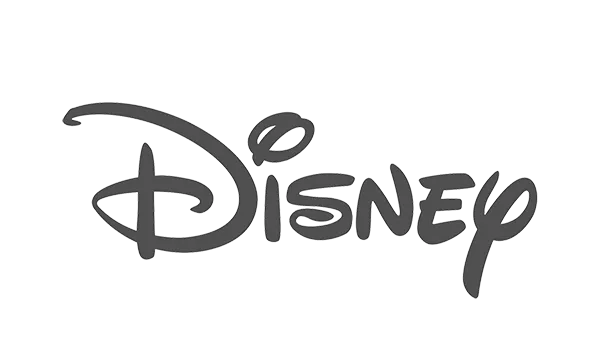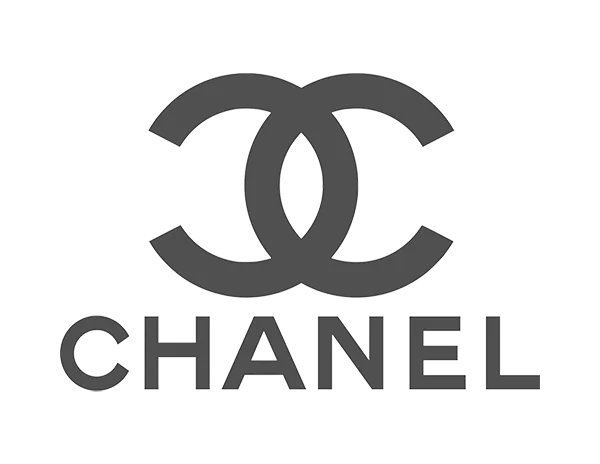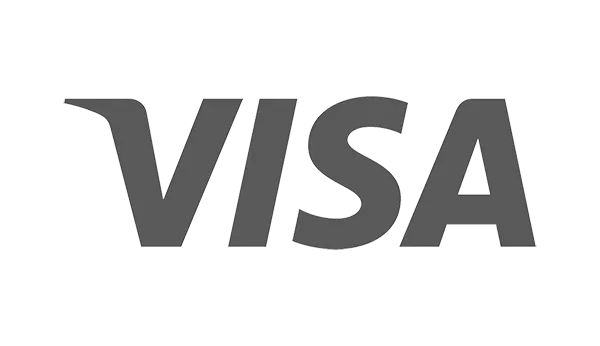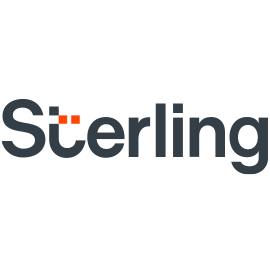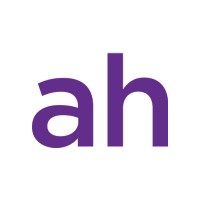In this article, we will explore the world of high-volume hiring, its significance in specific industries, and how it differs from non-volume hiring practices.
We will also delve into building an effective high-volume hiring funnel, leveraging automation, tracking success metrics, industry benchmarks, best practices, and the role of technology in supporting your high-volume hiring strategy. Let's get started!

What is High Volume Hiring?
High-volume hiring is a niche recruitment strategy aimed at hiring multiple candidates, for the same job, within a condensed timeframe, often with the same start date.
Unlike traditional non-volume hiring, which typically involves a slower and more individualized selection process, high-volume hiring focuses on streamlining and scaling recruitment efforts to meet the fast-paced demands of specific employer types. These are typically employers in the retail, hospitality, contact center, and logistics industries.
Several factors lead to the need for a high-volume recruiting and hiring strategy. These factors can include rapid company growth, seasonal demand, roles with high attrition levels, or a general need to fill a large number of openings for the same job. Companies with these hiring needs require efficient strategies and tools to attract, qualify, and onboard a significant volume of candidates effectively.
Companies and Roles Where High-Volume Hiring is Prevalent
High-volume hiring is particularly prevalent in industries that require a sizable workforce to meet operational or customer demands. For example, millions of consumer services jobs are available in the US alone, so retail, fast-food chains, e-commerce companies, support centers, hospitality establishments, and manufacturing/distribution organizations often engage in high-volume hiring to maintain adequate staffing levels.
The roles this applies to span from warehouse associates to customer service agents and sales representatives. Seasonal roles, temporary positions, and entry-level positions are also commonly associated with high-volume hiring practices. A general rule of thumb is that, when you find yourself hiring 5+ individuals for the same job at the same time, high-volume hiring applies to your organization. In other words, this is the point where you will start to see greater efficiencies if you transition from an individualized hiring strategy to a high-volume hiring strategy.
Building a Hiring Funnel for Talent at Scale
To effectively handle high-volume hiring, building a well-structured hiring funnel, with clear stages and gates needed to pass from one stage into the next, is essential.
This involves creating a systematic approach to attracting candidates, screening them efficiently, and selecting the best-fit individuals for the organization. Key stages in the hiring funnel include:
- Targeted job advertisements
- Optimized application processes
- Automation of funnel stages like resume screening, scheduling, and
- Assessment tools designed to evaluate large candidate pools effectively
In addition to building a well-structured hiring funnel, it must be continually managed. Understanding your conversion rates and timelines at each stage of the funnel is critical. Tracking these recruiting metrics supports your hiring team's ability to plan the timeframe needed to successfully hire a group of new employees.
Various external factors can also weigh in and impact your overall hiring effort. A well-structured funnel, along with a strong understanding and oversight of your conversion rates, will help balance and identify these potential issues early on. The insight gained from this allows your hiring team to course correct well before your hiring targets are missed.
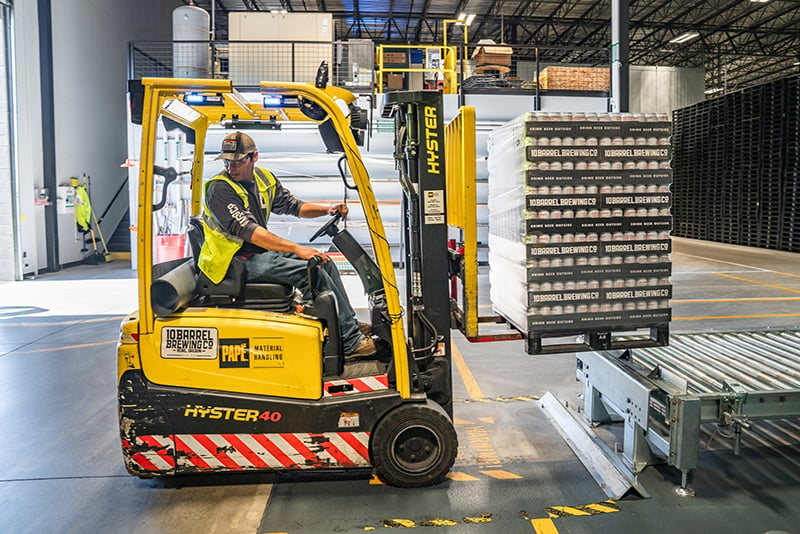
How and Where to Use Automation
Automation plays a crucial role in streamlining high-volume hiring processes. It can be utilized at various stages, such as resume screening, pre-qualification assessments, interview scheduling, candidate communication, and data management.
Applicant Tracking (ATS) Systems, Candidate Relationship Management (CRM), and other Recruiting Tools with automation features can significantly enhance efficiency by automating repetitive tasks, enabling recruiters to focus on high-value activities, such as candidate interviews ad evaluation and overall candidate engagement.
Metrics to Track the Success of High-Volume Hiring
Tracking the right metrics is vital to measure the effectiveness of your high-volume recruitment process and hiring strategy.
Establishing strong metrics and regularly measuring them can help you quickly identify areas where your hiring process is working well and the areas where it needs improvement. This enables a recruiting team to continually iterate on your high-volume hiring strategy with the goal of continuous improvement in your overall results.
Here are four key metrics to consider:
1. Hiring Target
While the hiring target is not a specific stand-alone success metric, it is often the most referenced data point to determine if a given hiring effort was successful.
This data point is defined as having the desired number of candidates start on the predefined start date. While this sounds simple enough, it's difficult to master. Hitting a desired hiring target requires a strong understanding and oversight of the candidate funnel conversion metrics. Success here also mandates acute awareness of changes that can be quickly implemented to course correct when numbers are not aligning to achieve the ultimate hiring target.
It’s important to note that the actual hiring target metric may not come from the Talent Acquisition function, but often from a separate workforce planning team, a finance team, or another team within the organization responsible for headcount planning.
2. Time-to-hire
This is a common metric utilized in recruiting for all types of hiring. The start and end parameters vary depending on the company, but generally speaking this metric measures the average time it takes to fill a position from when it is posted to when an individual is hired.
A shorter time to fill indicates an efficient and streamlined hiring process, which is exceptionally important in high-volume hiring. Not only to ensure critical hiring targets can be met but also to ensure a strong candidate experience leading to timely, quality hires.
3. Candidate Experience or Candidate Satisfaction
A positive candidate experience is crucial in high-volume hiring, as it can impact an organization's reputation and future recruitment efforts, including the ability to attract and retain top talent.
Monitoring candidate satisfaction through feedback surveys, Employee Net Promoter Scores (eNPS), or candidate experience ratings can provide insights into the effectiveness of the recruitment process and help identify areas for improvement.
4. Quality of Hire
While quantity is important in high-volume hiring, maintaining the quality of hires is equally vital.
Measuring the performance and retention rates of candidates hired through the high-volume process can help assess the effectiveness of the recruitment strategy. This metric ensures that the focus on speed and quantity does not compromise the overall quality and fit of the job applicants.
Measuring the quality of hires per acquisition channel also tells you where your best candidates are coming from, thereby indicating where you should spend more time and resources to find the right candidates.

Benchmarks for High-Volume Hiring
Benchmarking against industry standards can help organizations gauge their performance, identify areas for improvement, and set realistic goals. Some of the most important industry benchmarks include time-to-hire, funnel conversion rates, cost-per-hire, and employee satisfaction.
While differences in organizations, industries, roles, and the overall labor market will cause your benchmarks to vary, below are some insights on where to start and how to know if you are on track:
Time to Hire
Benchmarking this metric is important as it is going to help shed some light on any areas where challenges exist in your hiring funnel. It will also point out the roles in your organization that are most difficult to attract and hire for.
According to a Benchmark report released by iCMS and Appcast, the average hiring process takes 42 days. While this is not specific to high-volume hiring, it is a great place to start with benchmarking against your data.
Funnel Conversion Rates
Once you begin tracking and benchmarking your time-to-hire metric, the next logical step is to break that down into the various steps of your hiring funnel.
Examples of tracking the number of candidates that are passing on to the next stage of your hiring funnel are measuring the percentage of applicants that are interviewed for open roles, the percentage of interviewees that are assessed, and so forth. While time to hire should be a key metric to track, if you are identifying issues or seeking out improvement opportunities, understanding your conversion rates at each stage of your funnel will give you the more granular data you need to identify the right areas to focus on.
For high-volume hiring specifically, your top-of-funnel strategy (ensuring you have the right volume of applicants to achieve your hiring target) is critical.
According to the iCIMS + Appcast report (Benchmark and Speed Up Your Hiring Process, 2022), a career site conversion rate of 52% is on par with others. This means that, of job seekers who come directly to your career site, 52% should complete an application.
As you focus on improving your content and application process, you will see continual gains around this conversation rate. A significant component of this is removing barriers. When it comes to an application, minimizing the time it takes to complete from 15 minutes down to 5 minutes drives a 248% increase in completed applications. This one improvement alone can have a significant impact on your career site’s success rate.
Cost Per Hire
The cost of hire is calculated by understanding the money spent on recruiting divided by the number of hires made.
It is important to track this metric across both job descriptions and locations. These factors will both play a critical role in understanding where your hiring budget is being spent, helping you to direct funds to the roles that are more difficult to attract, hire and retain top talent in. In general, while the cost per hire will vary based on job function and location, the highest cost per hire should naturally span across the job functions that consistently have the highest demand.
The average cost per hire is $4,700 and the median cost per hire is $1,633. While this is inclusive of all positions, and not high-volume hiring specific, these two data points are a great place to start gauging whether you are spending too much to fill open positions.
Historically, we have seen a great deal of demand in tech for software engineering skills. While this will continue, we are also seeing increased demand for many frontline roles. These roles call for individuals working in manufacturing, healthcare, logistics (drivers), sales, and customer service. This is according to LinkedIn’s top 10 in-demand skills of 2023 which was further unpacked by Search Engine Journal.While published benchmarks and industry norms shouldn’t be the sole driver of your organization's specific spend allocation or key metric goals, keeping an eye on what others in your position are doing offers valuable insight.

Best Practices for High-Volume Hiring
Implementing best practices can enhance the effectiveness of your high-volume hiring strategies.
These may include:
- Developing a strong employer brand to attract a large talent pool. Reputation plays a big role in an organization's ability to attract, hire and retain top talent.
- Utilizing pre-employment assessments to efficiently and uniformly screen candidates.
- Leveraging employee referral programs to tap into existing networks. Some of the best talent comes from referrals by the workers you already have. Hiring referrals leads to a much lower cost per hire.
- Implementing structured interview processes to ensure a streamlined hiring funnel, fairness in hiring decisions, and consistency in your quality of hire.
- Collaborating with hiring managers and departments to align expectations and requirements.
In addition to the above-noted best practices, it’s also important to understand some key differences in high-volume hiring vs. non-volume hiring.
Speed and Efficiency
High-volume hiring focuses on accelerating the recruitment process and managing multiple candidates through a streamlined process to meet target hiring class dates.
Unlike traditional hiring, which may involve multiple rounds of interviews and a lengthy decision-making process, high-volume hiring employs efficient filtering and bulk actioning methods. These can include automated pre-employment assessments, interview scheduling tools, automation tools, and group hiring and onboarding to quickly identify and hire qualified candidates.
Scale and Volume
While non-volume hiring typically involves recruiting for a limited number of positions, high-volume hiring aims to fill multiple positions simultaneously, often as a part of a repetitive cycle.
This requires a strong top-of-funnel focus, utilizing scalable sourcing strategies such as online job boards, social media platforms, and employee referral programs, to attract a large pool of candidates within a short timeframe. It also requires a strategic re-engagement focus on past candidates who may not have qualified or been interested previously but would be perfect for a future hiring class.
Standardization and Predictability
In high-volume hiring, it is crucial to establish standardized selection criteria and assessment methods to ensure consistency and predictability in the candidate evaluation.
This structure allows for establishing an understanding of conversion ratios throughout your candidate pipeline. With practice, standardization enables a greater ability to predict the volume of candidates that need to be attracted in order to make the number of hires required by the target start date.
Unlike traditional hiring, where hiring managers often have more flexibility in both the start date and decision-making, high-volume hiring relies on purely objective metrics and assessments to efficiently screen and select candidates.
Conclusion
To excel in high-volume hiring, it is essential to not only have a strong strategy but also to leverage technology that supports and enhances the recruitment process.
An ATS and CRM with automation capabilities and tools for screening, scheduling and candidate assessments can significantly streamline your funnel for optimal efficiency and scalability. The right technology should provide a seamless candidate experience while enabling recruiting teams to make data-driven decisions.
As you embark on your high-volume hiring journey, keep these insights in mind to build a robust and efficient recruitment process that meets the demands of your industry.









